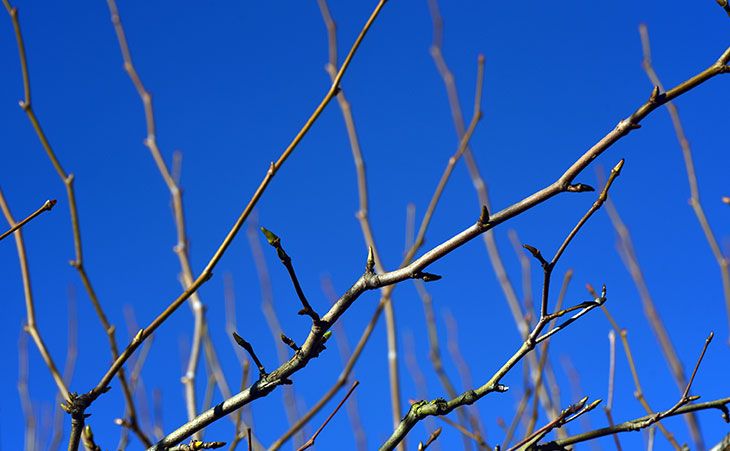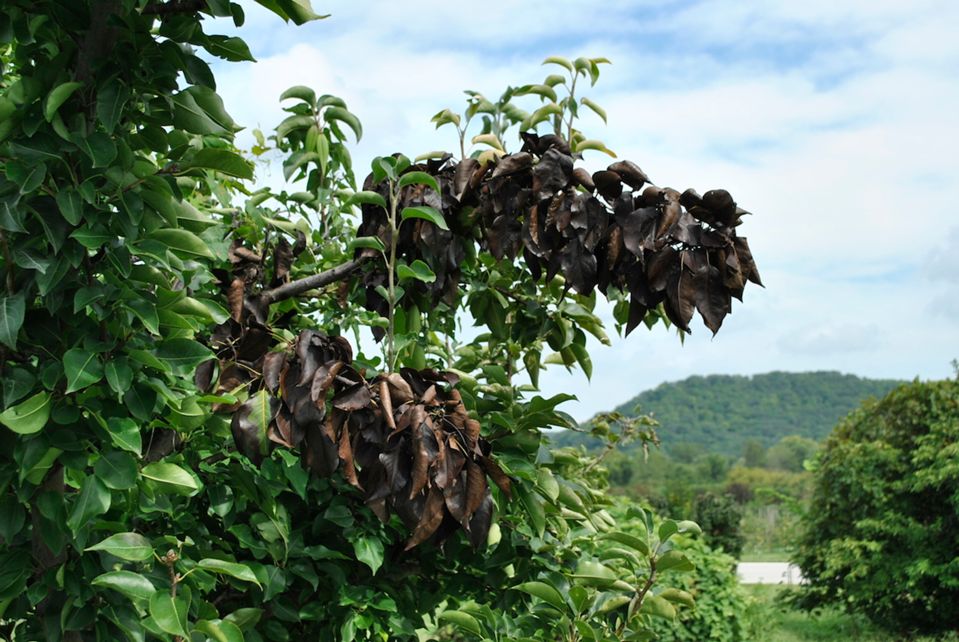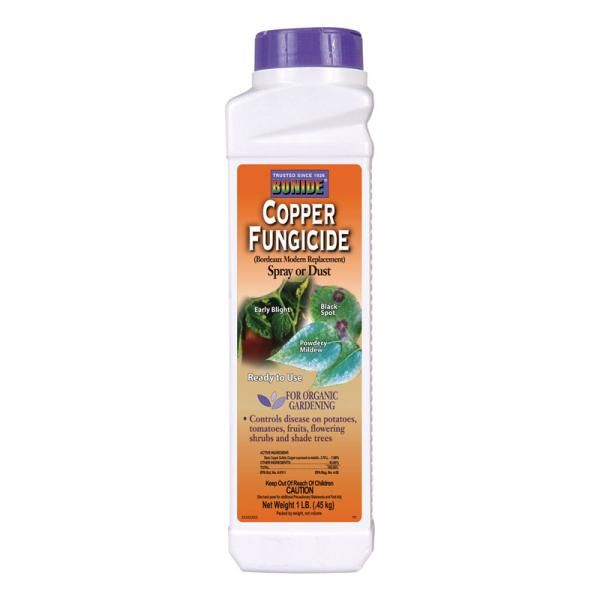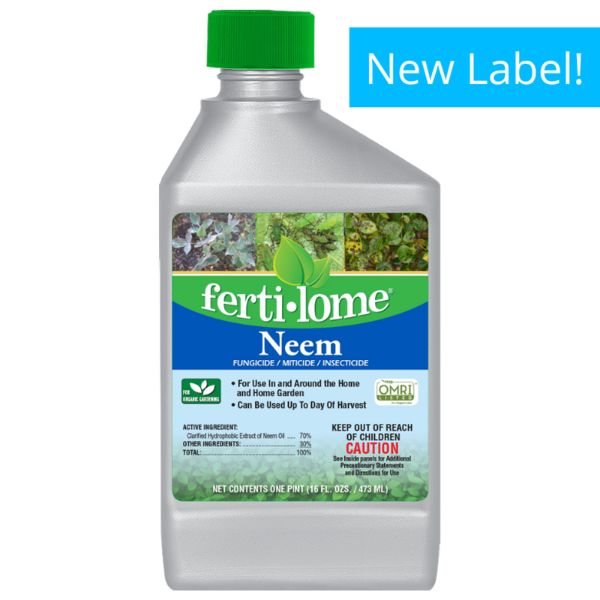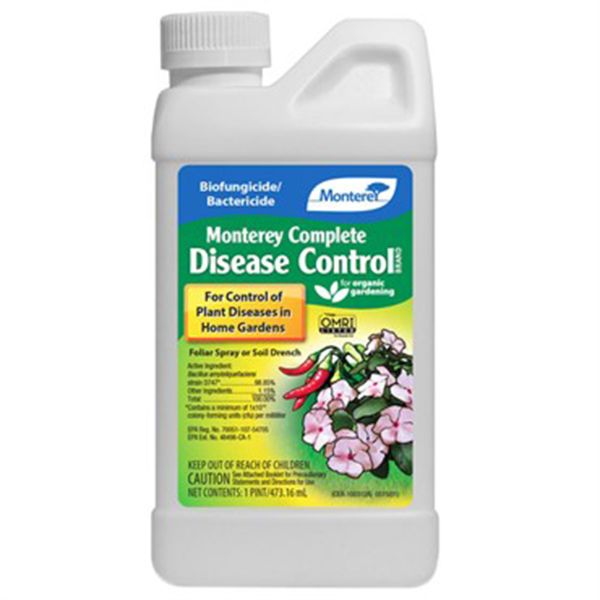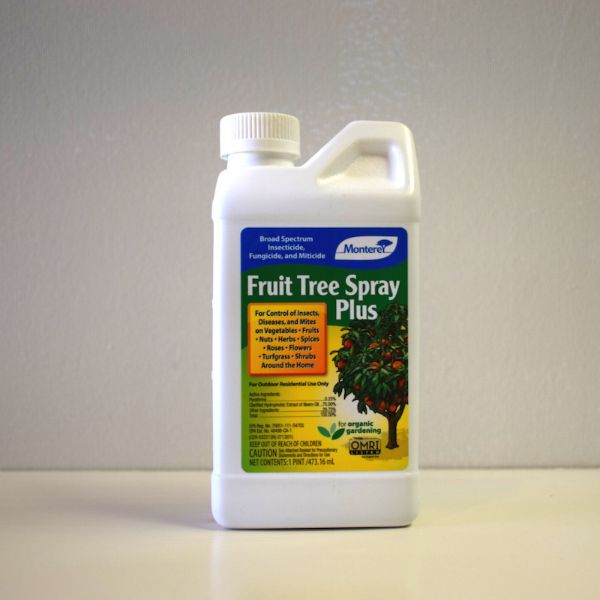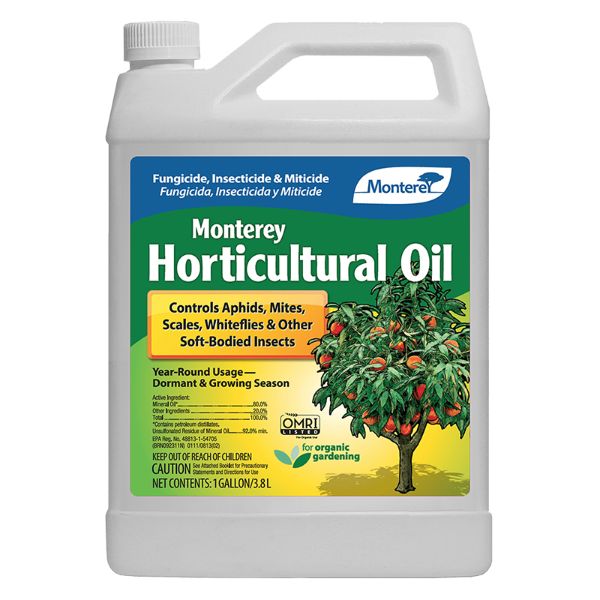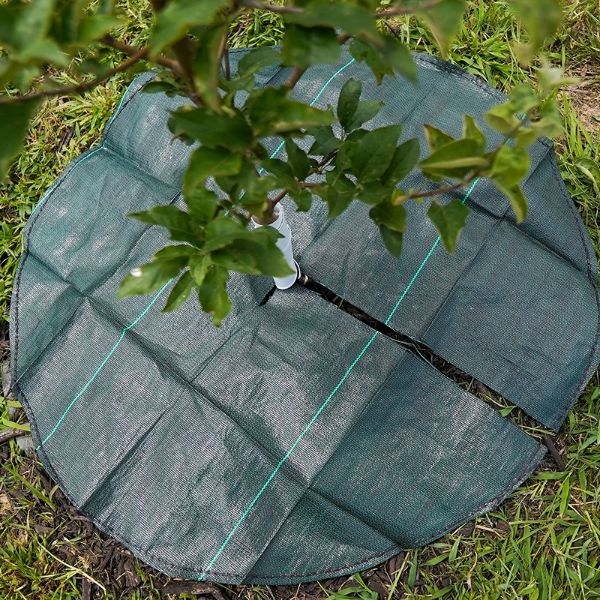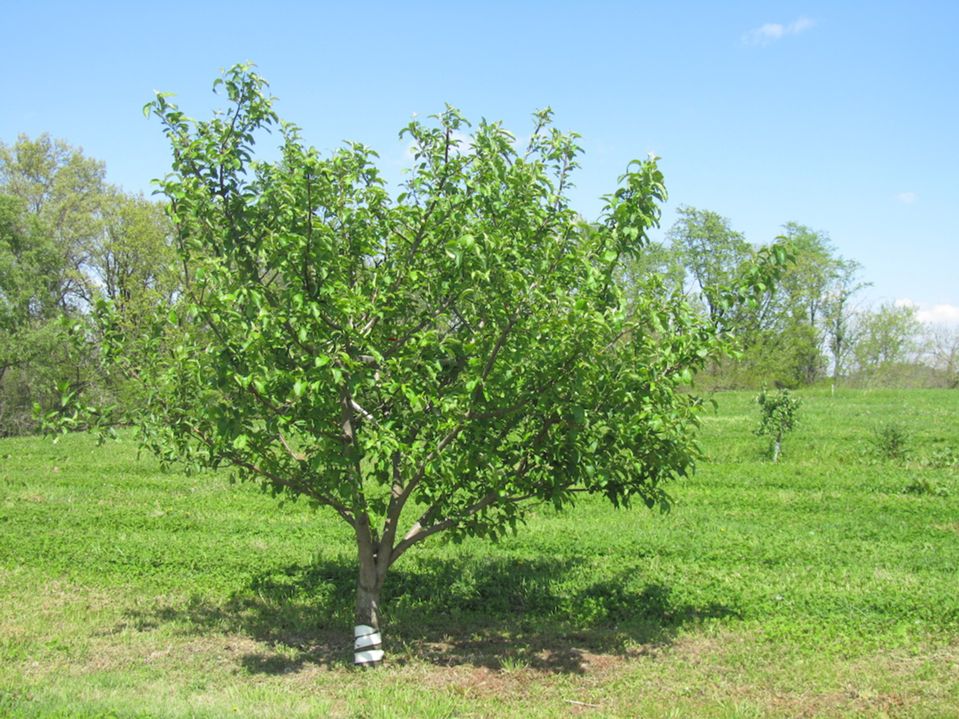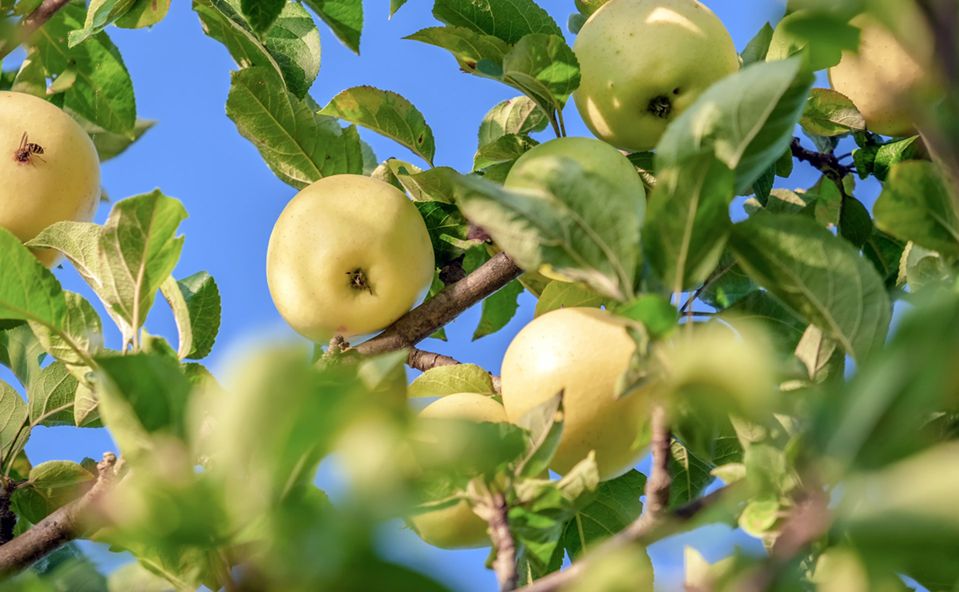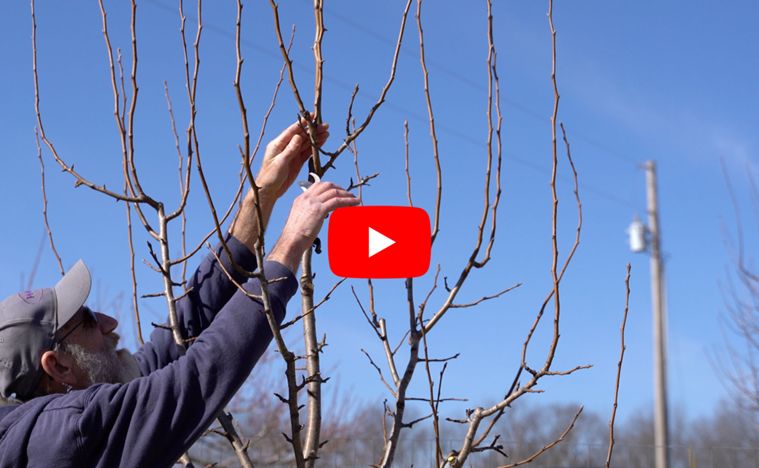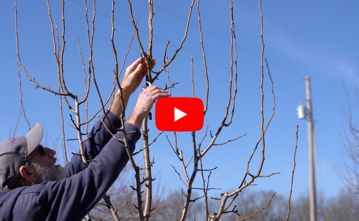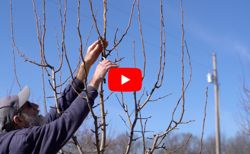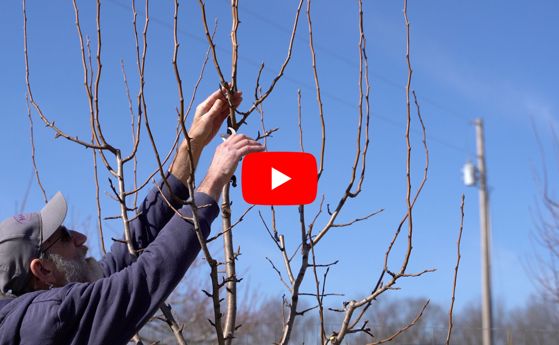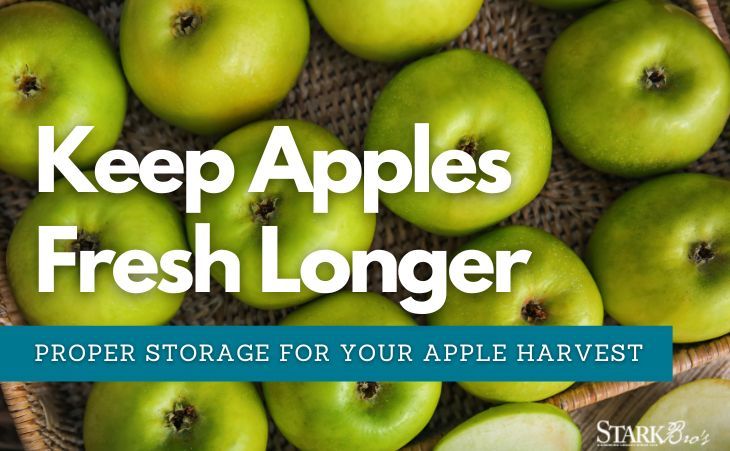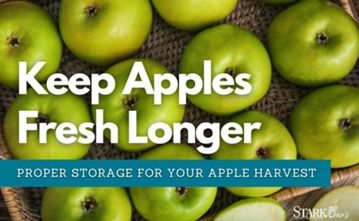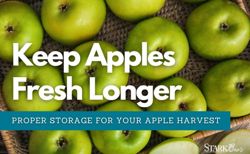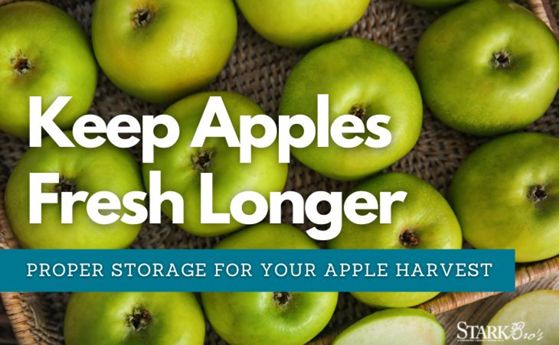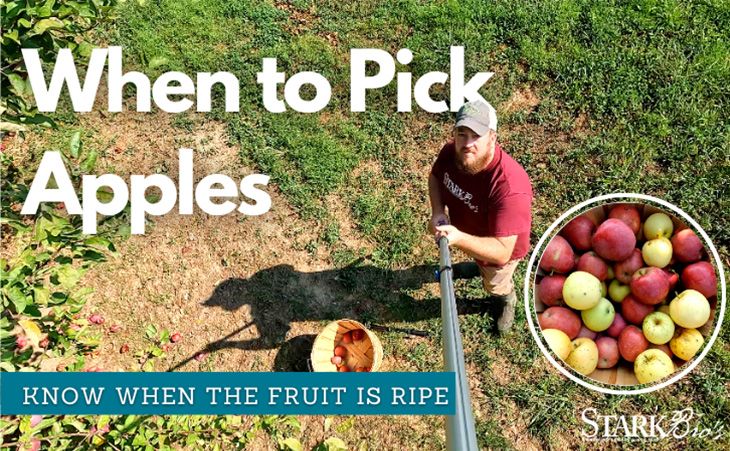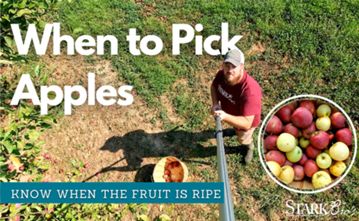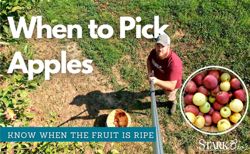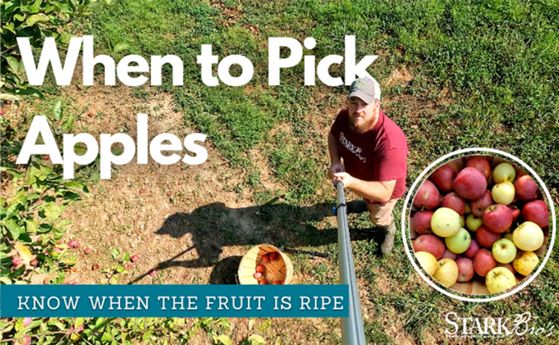Year-Round Fruit Tree Care: Spray & Weed Control Guide
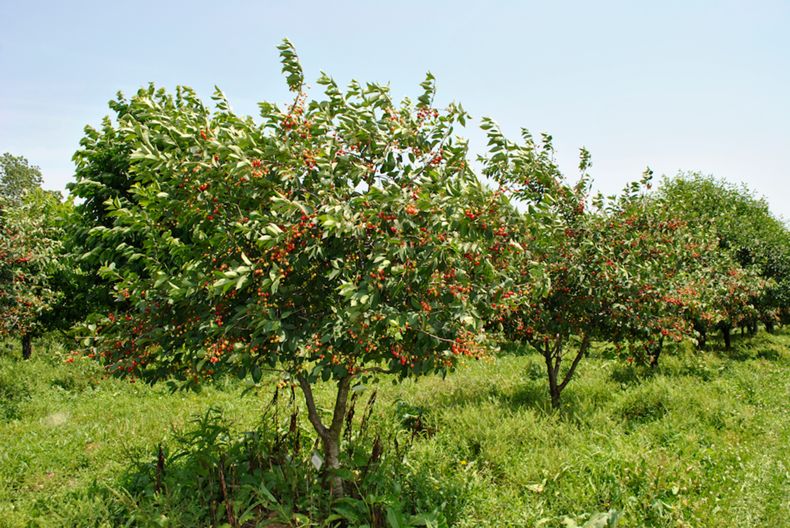
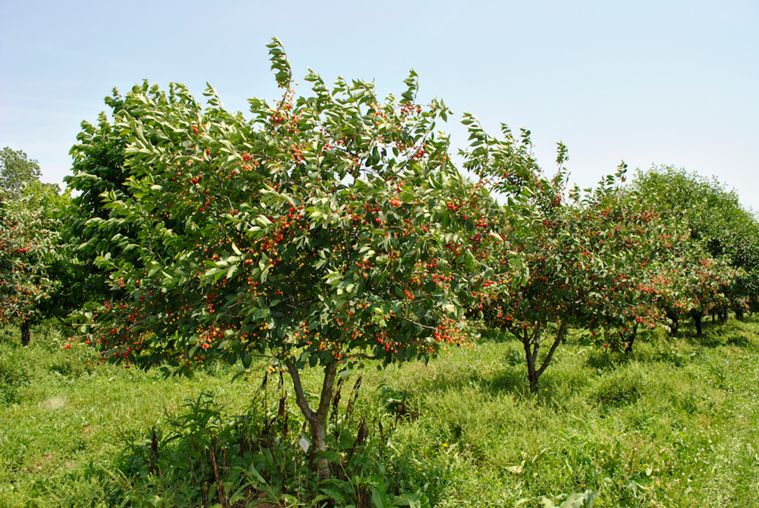
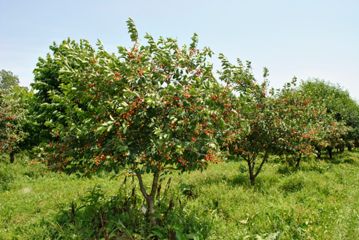
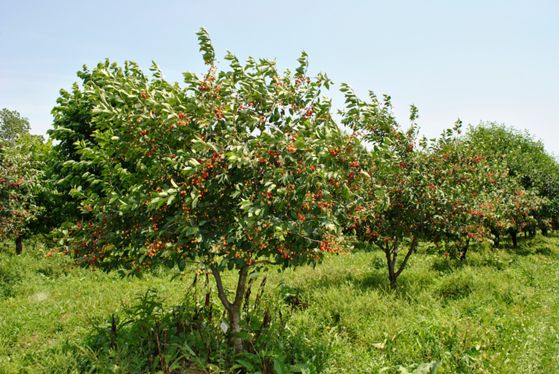
A properly executed fruit tree spray schedule and well-maintained growing site are key to success. Plan ahead: the rewards are worth the effort!
Summer is finally upon us, and it's time to take a good look at our fruit trees. Pest and disease control—in the form of a clean site and proper spraying (natural or synthetic)—is something to practice year-round. Keeping the growing area free of debris and weeds helps reduce the risk of fungal infections and pest habitat.
Dormant sprays are an excellent preventive tool, while growing-season sprays help with targeted control.
After the very unusual spring experienced in most parts of the country, the best defense for your fruit crop is a good offense in the form of a well-executed spray routine.
Here’s a timeline for a full year’s worth of advice for maintaining fruit trees. In summer, you can begin by implementing Step 4.
Step 1: Dormant Oil Spray (Late Winter to Early Spring)
During winter pruning—or any time before spring bud break—the first step in a good fruit tree spray schedule is a dormant oil spray.
We recommend applying a applying a horticultural dormant oil in late winter or early spring. This protects apple, pear, pie cherry trees, and grape vines from scale, mealybugs, aphids, mites, and pear psylla. It may also be used on plum trees, peach trees, blueberries, strawberries, apricot trees, pecan trees, and even asparagus to target overwintering pests and eggs.
This first spray of the season is crucial. Be sure to spray thoroughly—coat the entire tree—and follow all label instructions carefully.
Step 2: Fire Blight Control During Bloom
This is one of the few sprays we recommend during bloom time—a fire blight control spray for apple and pear trees.
Fire blight is a bacterial disease that infects blossoms, and the bloom period is the most effective window for prevention. The control typically contains streptomycin sulfate.
As always, spray only at dawn or dusk, when bees and other beneficial insects are least active.
Step 3: Copper Fungicide After Petal Drop
Once flower petals have fallen, apply a copper-based fungicide. This helps prevent fungal diseases like:
- Peach leaf curl
- Apple and pear scab
- Brown rot
- Shot hole
- Other common fruit tree issues
Copper fungicides can be used as a spray or dry dust. Follow label directions for best results and apply during calm weather to avoid drift.
Step 4: Pest & Disease Control During Growing Season
Once pollination is over and before temperatures exceed 80–85ºF, use a growing-season fruit tree spray for insects and diseases. Always read the product label and apply only when safe—especially around pets and children.
Since these sprays may also harm pollinators, apply only after all flower petals have dropped. Bees are less likely to visit at that stage. To further reduce risk, spray in the early morning or evening when bees are less active.
Organic Options for Fruit Tree Care
- For an organic fungicide, use Complete Disease Control on fruit and nut trees, ornamentals, shrubs, flowers, and tropical plants.
- For an organic insecticide, miticide, and fungicide, use Neem Oil. It works on vegetables, herbs, roses, flowers, fruit trees, and berry plants—and can also be used as a dormant spray.
Find more natural pest and disease control options here.
Again, you'll be most successful if you read and follow the directions on each label.
Weed Control Around Fruit Trees
Weeds compete with your fruit trees for nutrients and moisture. If left unchecked, they can hinder growth and even jeopardize tree health.
The best approach to weed prevention around fruit trees is a combination of:
- Consistent manual removal
- Mulching (2–3 inches deep, keeping it away from the trunk)
- Tree Circles to suppress weeds at the base
- If using herbicides, choose options safe for use around fruit trees and always follow label directions
Remember, weeds are plants too—so any chemical strong enough to kill them may also affect your trees.
Reminders
For those of you who haven't read Fruit Tree Care: Watering & Fertilizing, I'd like to point you over there. I generally do not recommend fertilizing past June 15th here in the Midwest, and stop most fertilizer applications by July 1. Consistent watering is especially necessary during the heat of the summer months — whether it's provided by you or by nature in the form of rain.
Summer is a time of both maintenance and harvest. With proper care, your young trees should mature healthy and strong, giving you crops of delicious fruit for many enjoyable years!
— Elmer Kidd, Stark Bro's Chief Production Officer (retired)

